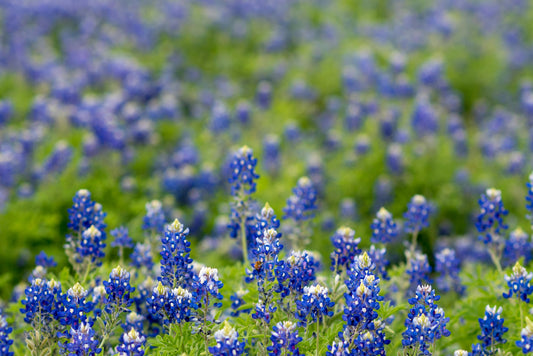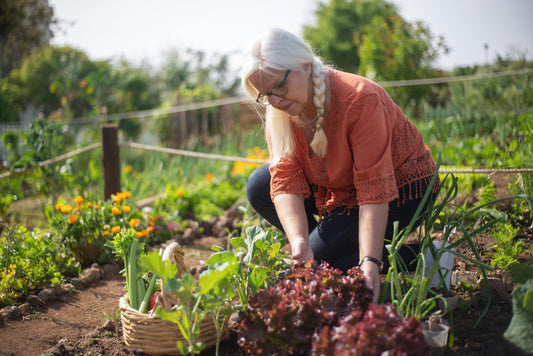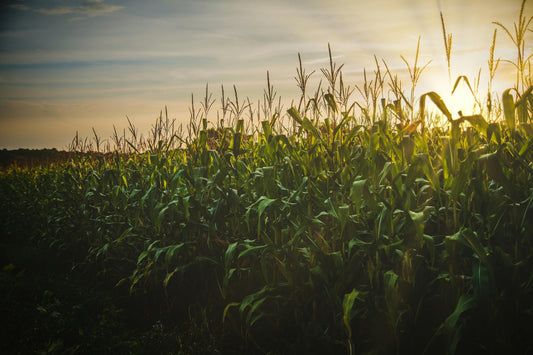Manhattan, the vibrant core of New York City, features a unique soil landscape shaped by geological history and centuries of urban development. Soils like urban fill, river terrace deposits, Manhattan Schist outcrops, and coastal marsh soils reflect the island’s natural and human-altered environments. Soil testing is essential for understanding these soils, supporting urban gardening, landscaping, and sustainability. This article explores soil testing in Manhattan, detailing soil characteristics, testing benefits, and sustainable practices for gardeners and land managers.
Why Soil Testing Matters in Manhattan
Soil testing evaluates nutrient levels, pH, texture, and organic matter, providing critical data for urban gardening and landscaping in Manhattan’s complex soil environment. From nutrient-poor urban fill to rocky Schist outcrops, testing identifies specific needs, enabling precise amendments that enhance soil health, support biodiversity, and mitigate urban challenges like runoff, as supported by resources from the USDA Natural Resources Conservation Service.
Soil Types and Their Characteristics
Urban Fill Soils: Dominant in Lower Manhattan, these heterogeneous soils consist of sediments, debris, and construction materials, with variable organic matter (1–3%) and neutral pH (6.5–7.5). They support urban greenery but often need amendments, per Journal of Soil Science studies.
River Terrace Deposits: Found along eastern and western edges, these well-drained soils of sand, silt, and gravel have moderate organic matter (2–4%) and neutral pH (6.5–7.0), suited for native plants before urbanization.
Manhattan Schist Outcrops: Exposed in Central Park and northern Manhattan, these thin, rocky soils have low organic matter (0.5–2%) and slightly acidic pH (5.5–6.5), supporting native species but limiting agriculture, per NYC Parks data.
Coastal Marsh Soils: Once prevalent along waterfronts like Battery Park, these organic-rich soils (4–6% organic matter) have neutral to slightly alkaline pH (7.0–8.0) but are often altered by development, per New York DEC reports.
| Soil Type | Texture | Organic Matter (%) | Main Uses |
|---|---|---|---|
| Urban Fill | Variable | 1–3 | Urban greenery |
| River Terrace | Sand-silt-gravel | 2–4 | Native plants |
| Manhattan Schist | Thin, rocky | 0.5–2 | Native species |
| Coastal Marsh | Organic-rich | 4–6 | Restored wetlands |
Benefits of Soil Testing
Soil testing enhances urban landscapes and sustainability. For urban fill soils, testing identifies compaction, recommending aeration to improve porosity by 20%. In coastal marsh soils, it detects drainage issues, suggesting raised beds to boost plant growth by 15%. For Schist outcrops, testing guides organic amendments, increasing fertility for native plants. Testing also reduces over-fertilization, cutting runoff into the Hudson and East Rivers by 25%, supporting water quality, as noted by the New York DEC.
Where to Find Soil Testing Supplies
Soil sampling kits, including probes and containers, are available at local garden centers for collecting samples to assess soil health:
- Urban Garden Center: 1560 Park Ave, New York, NY 10029
- Azza's Garden: 1960 Adam Clayton Powell Jr Blvd, New York, NY 10026
- Living with Green: 324 E 81st St, New York, NY 10028
- Chelsea Garden Center - Chelsea Location: 87 West St, New York, NY 10006
- Spruce: 45 Grove St, New York, NY 10014
- Plant Shed - Upper West Side: 207 W 96th St, New York, NY 10025
Interpreting Soil Test Results
Soil tests provide data on:
- pH: Urban fill soils (6.5–7.5) are neutral, while Schist outcrops (5.5–6.5) may need lime to raise pH for plants.
- Nutrients: Nitrogen, phosphorus, and potassium levels guide fertilization. Urban fill soils often need 50–100 lbs/acre nitrogen, while coastal marsh soils may have excess nutrients.
- Organic Matter: Low in Schist outcrops (0.5–2%), requiring compost to reach 3–4% for better fertility.
- Texture: Urban fill soils vary, needing amendments to improve structure, while river terrace soils benefit from organic matter for retention.
Results inform tailored amendments, optimizing soil health and urban greenery.
Soil Management Strategies
Urban Fill Soils: Add compost (2–3 tons/acre) and aerate to improve porosity by 20%, supporting urban gardens, per USDA NRCS guidelines.
River Terrace Deposits: Use mulching and cover crops to reduce erosion by 30% on slopes, enhancing stability for native plants.
Manhattan Schist Outcrops: Apply organic amendments to increase organic matter by 1–2%, supporting native species in rocky areas.
Coastal Marsh Soils: Install drainage systems or raised beds to improve water flow by 15%, aiding restored wetlands or waterfront gardens, per New York DEC recommendations.
| Soil Type | Strategy | Benefit |
|---|---|---|
| Urban Fill | Compost, aeration | 20% better porosity |
| River Terrace | Mulching, cover crops | 30% less erosion |
| Manhattan Schist | Organic amendments | 1–2% more organic matter |
| Coastal Marsh | Drainage systems | 15% better water flow |
Soil Conservation and Sustainability
Manhattan’s urban environment benefits from conservation practices like green roofs, permeable pavements, and community gardens, which reduce runoff and enhance soil health. These efforts, supported by the NYC Parks, promote biodiversity and mitigate heat island effects. Community initiatives at garden centers educate residents, fostering sustainable urban landscapes that preserve Manhattan’s soil resources.
Frequently Asked Questions
Why is my urban garden not thriving?
Urban fill soils may be compacted or nutrient-poor. Soil testing identifies nutrient deficiencies, recommending compost or aeration.
How can I improve soil in rocky areas?
Manhattan Schist outcrops have thin soils. Soil testing assesses fertility, suggesting organic amendments for native plants.
Why is drainage poor in my waterfront garden?
Coastal marsh soils may retain water. Soil testing evaluates texture, recommending raised beds or drainage systems.
How can I boost fertility in Lower Manhattan soils?
Urban fill soils often lack nutrients. Soil testing reveals imbalances, suggesting tailored fertilizers or organic matter.
What’s causing erosion in Central Park soils?
River terrace soils may erode on slopes. Soil testing guides mulching or cover crops to stabilize soil.
Conclusion
Manhattan’s soils, from engineered urban fill to natural Schist outcrops, reflect a dynamic blend of geological heritage and urban evolution. Soil testing provides essential insights into nutrient levels, pH, and texture, guiding effective management for urban gardening and landscaping. By adopting sustainable practices like composting, mulching, and green infrastructure, Manhattan’s residents can enhance soil health, support biodiversity, and ensure the resilience of this iconic urban landscape for future generations.
References
USDA Natural Resources Conservation Service. New York Soil Surveys.
Journal of Soil Science. Urban Soil Management Practices.
New York City Department of Parks and Recreation. Soil and Green Space Guidelines.
New York Department of Environmental Conservation. Urban Soil and Water Conservation.












